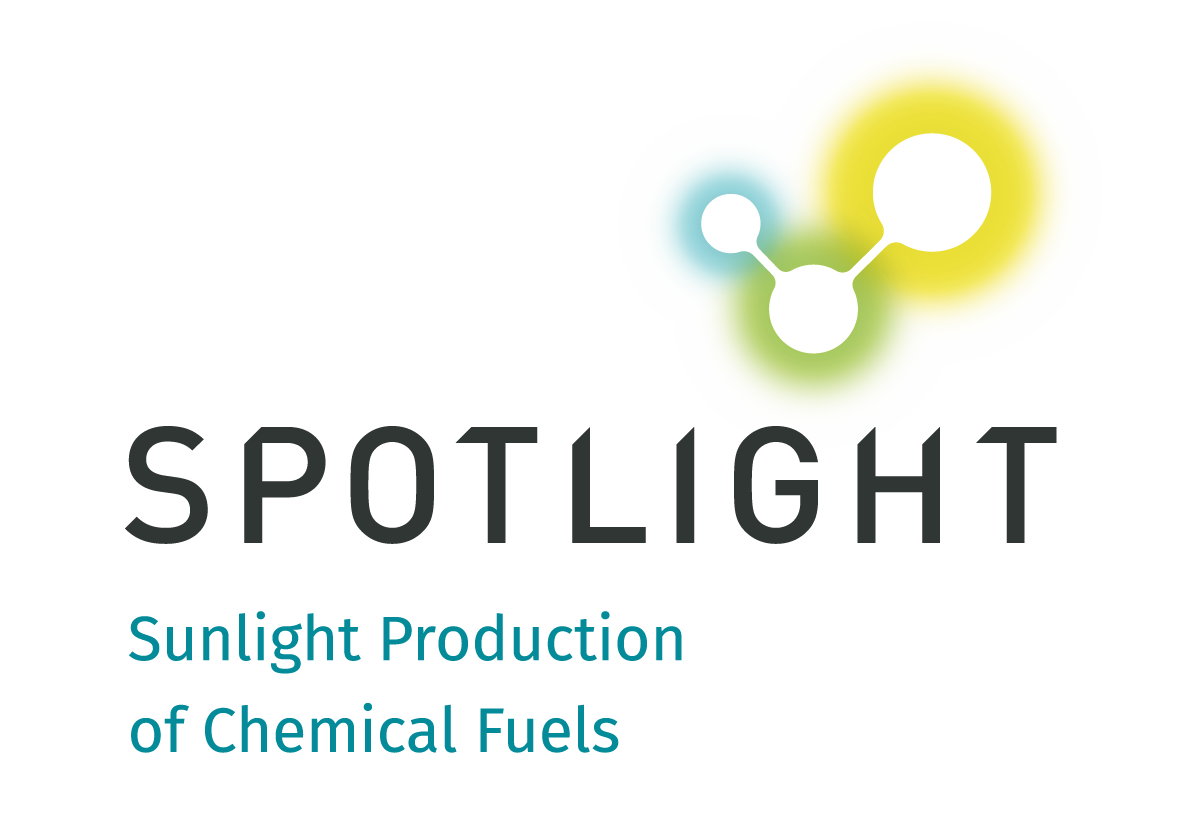SPOTLIGHT solar fuels: a disruptive photonic technology to create carbon neutral fuels
23 Apr 2021
The framework covers global onshore facilities, marine structures and offshore floating technologies, with the delivery of a range of services
 The sun is a valuable source of energy. Solar energy can be converted to electricity, but it can also be stored in complex chemical molecules: feedstocks such as carbon dioxide (CO2) andwater are directly converted into clean alternative fuels by solar energy. These fuels are equivalent to fossil fuels in terms of functionality. Hence, they can easily be adopted by the current users through the existing infrastructure. The important difference is that solar fuels provide a large reduction in greenhouse gas emissions (in particular CO2), more so than for instance biofuels.
The sun is a valuable source of energy. Solar energy can be converted to electricity, but it can also be stored in complex chemical molecules: feedstocks such as carbon dioxide (CO2) andwater are directly converted into clean alternative fuels by solar energy. These fuels are equivalent to fossil fuels in terms of functionality. Hence, they can easily be adopted by the current users through the existing infrastructure. The important difference is that solar fuels provide a large reduction in greenhouse gas emissions (in particular CO2), more so than for instance biofuels.
Within SPOTLIGHT, Universities, RTOs and Companies join forces to develop a photonic device which facilitates efficient sunlight-powered conversion of CO2 and green H2 to the chemical fuel methane (CH4, Sabatier process) and secondly to use carbon monoxide (CO, “reverse water gas shift process”, rWGS) as starting material for production of the chemical fuel methanol (CH3OH).
Whilst the technology for creating solar fuels is well known in the scientific community, many challenges remain to bring this to an industrial level for large scale production. Currently, these are the key technical challenges:
- Efficiency: the larger the fraction of sunlight that can be used to create chemicals, the less materials and feedstock would be necessary
- Durability: materials degrade because of their exposure to sunlight and this has an impact on the efficiency and cost of the process(es)
- Costs: the costs of the process should be lowered as much as possible to make them comparable with the typical costs of fossil fuels;
- Industrial synergy: one of the key conditions to make the process sustainable is the industrial synergy between the solar fuel producers and industry that can provide feedstock (e.g. as by-products).
Accordingly, the current research scenario on solar fuels mainly focuses on three macro themes: the chemical reactor, the solar optics and the catalysts.
In this context, the key objective of SPOTLIGHT is to develop and validate a photonic device and chemical process concept for the sunlight-powered conversion of the undesired greenhouse gas CO2and green H2to the chemical fuel CH4, and to use CO as starting material for production of the chemical fuel CH3OH. This will enable EU companies in the photonics and chemical industry to take the lead in creating a multi-billion industry involved in sunlight-powered chemical processes and enables the EU to reduce its dependence on non-EU countries and regions for its energy supply.
SPOTLIGHT will guarantee a disruptive advancement on these themes, thanks to the development of:
- A transparent flow reactor tailored for sunlight-powered Sabatier process with gaseous starting materials and products, and packed-bed solid plasmonic catalysts capable of coping with high pressures and temperatures
- Secondary solar optics for sunlight-powered chemical processes at solar concentration factor ≤ 20
- Energy efficient LED light source as solution to ensure continuous operation of sunlight-powered plasmon catalytic reactions
- LED light source with tunable medium to high light intensity (between 1 and 20 kW·m-2) with a spectrum emission matching the plasmonic catalytic fuel cell and optimized for a high electrical-to-radiation energy efficiency
- Newly developed plasmonic nanocatalysts with tailored optical and catalytic properties and for high space-time-yield.
SPOTLIGHT’s new process for solar fuel production will be preliminarily tested in TNO’s facilities –the project coordinator –and then moved to DLR’s facilities for extensive use and validation. More than this, a further study will be done, in order to verify the conditions for replicating the process in other environments and in synergy with different industrial contexts.
The project consortium consists of 12 international partners; TNO (the Netherlands), coordinator role, RINA-C (Italy), Hasselt University (Belgium), IMEC (Belgium), ETHZ (Switzerland), CHEMTRIX (the Netherlands), Signify (the Netherlands),DLR (Germany), EPFL (Switzerland), FRAUNHOFER ISC (Germany), ACEA (Italy) and Aragon Hydrogen Foundation (Spain).
Taken from SPOTLIGHT official press release.